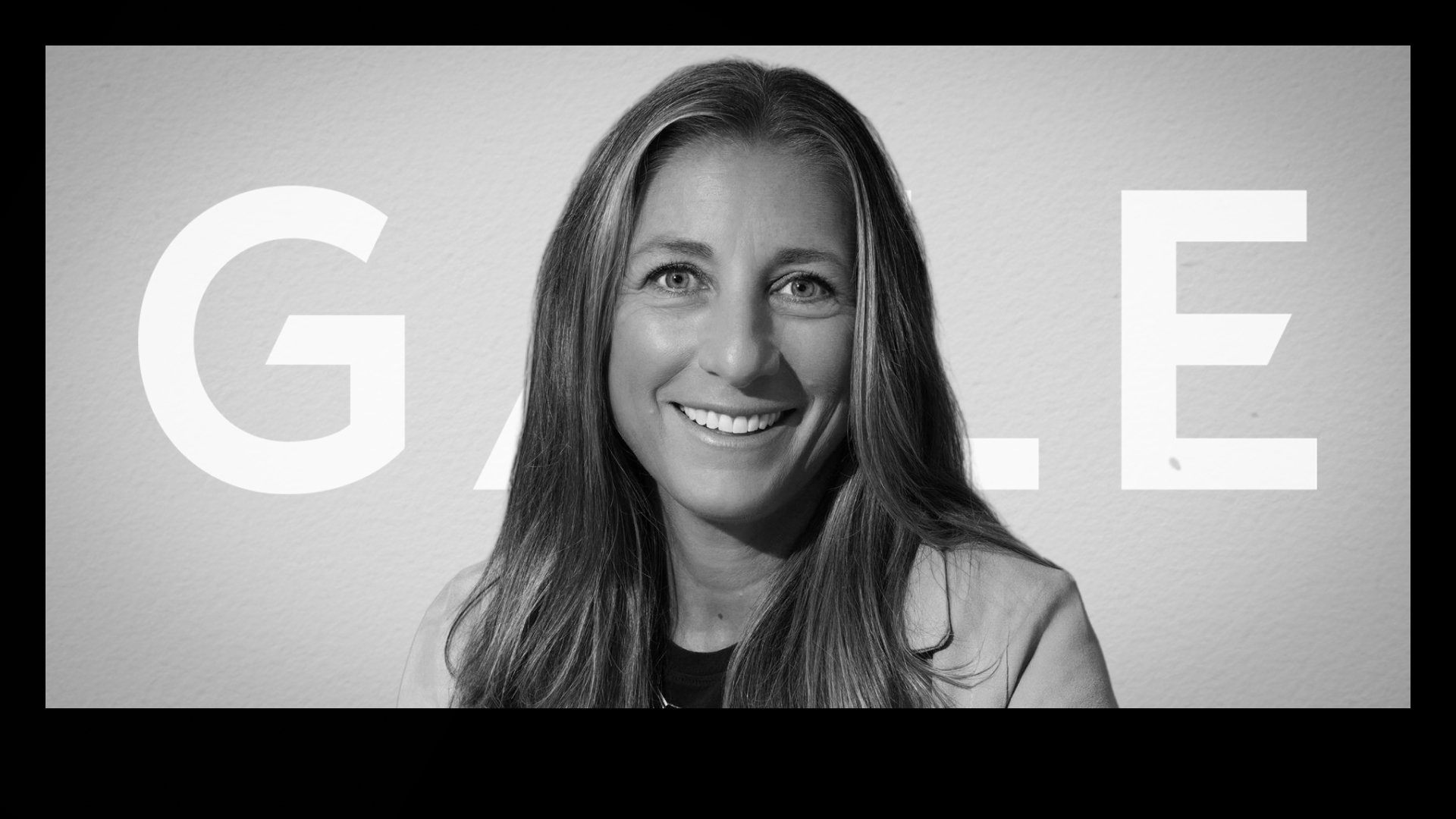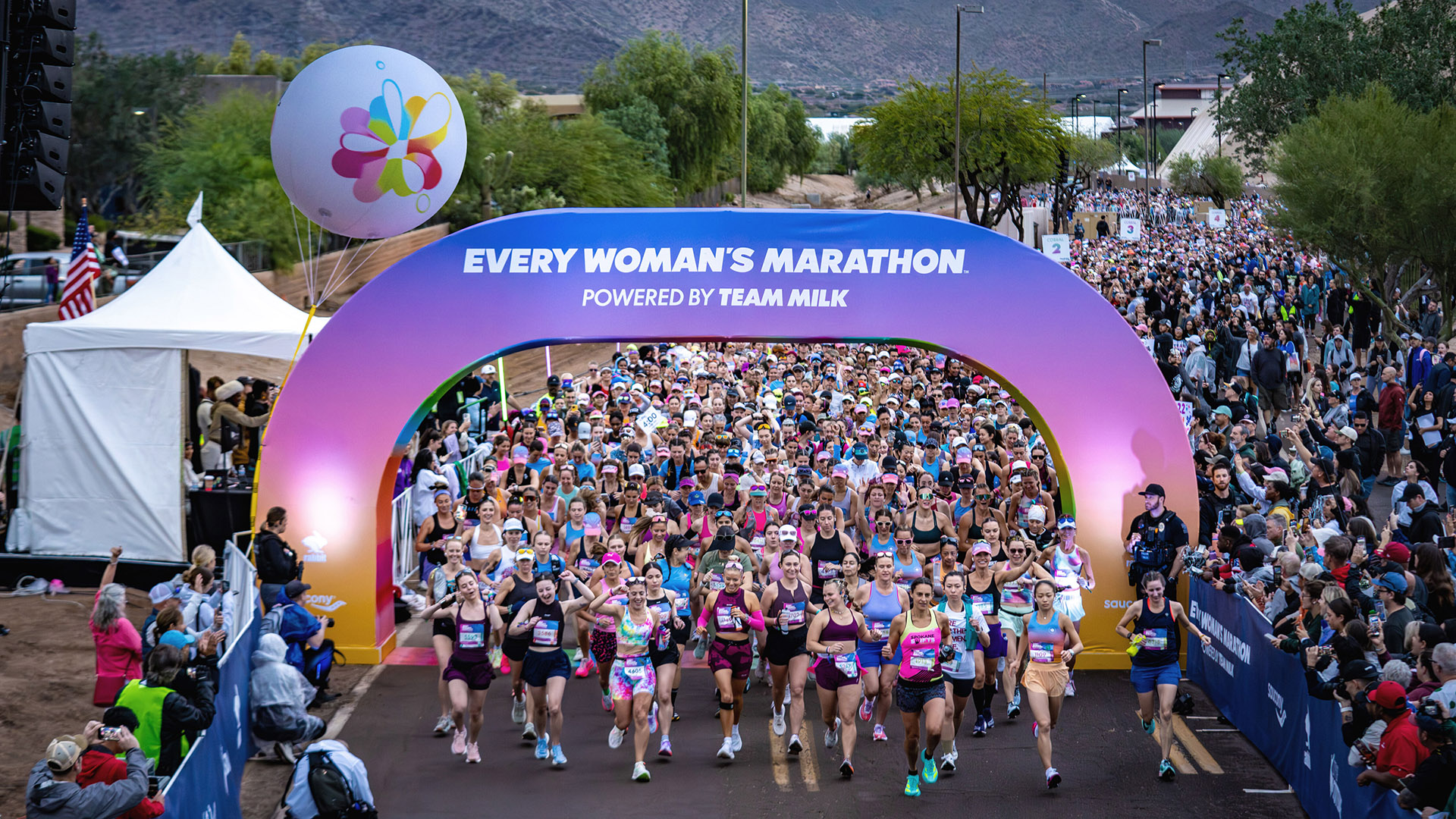Last Fall, I caught an indie band, Cigarettes After Sex, play at Forest Hills Stadium. It blew my mind. But not for the reason you might expect.
I last saw them play at Webster Hall, a cozy 1,400-person club, back in 2019. Then, the audience was your typical NYC indie rock hipster – mostly people in their 20s-40s, with an affinity for dark, melodic guitar music. Fast forward to 2023, and the band was headlining a 13,000-person stadium, mostly filled with teenagers, marking their largest show to date.
After some quick desktop research, and a chat with my teenage step-daughter, it was clear the turnout was influenced by a few songs going viral on TikTok. It was eye-opening, but it’s certainly not the first time the platform has catapulted an artist into a much larger arena.
TikTok, in many ways, has become MTV for Gen Z. Creators heavily rely on sound and music for content, and in turn, help spread those sounds to new audiences. What better proof of this than Billboard’s recent launch of the TikTop Top 50 Chart, tracking the most popular songs on the platform? It’s a clear nod to the platform's remarkable ability to kickstart careers through its power of influence.
Marketers have long recognized this power and are continually seeking ways to leverage the app’s influence. But if you think the Top 50 list is a cheat code for slapping popular songs onto branded content and driving engagement with Gen Z, take a beat.
First, the songs on the Billboard chart aren’t copyright-free, which will pose logistical challenges for most. Second, TikTok trends move at a pace that often outruns the approval process. There’s nothing more “cringe” than a brand releasing a trend video long after the trend has passed.
Trends aren't the ultimate path to success anyway. If a sound already has 400K+ videos associated with it, your video is unlikely to stand out. Instead, a smart TikTok strategy begins with defining the story you want to tell and then doing so in an interesting and shareable way, informed by a deep understanding of user behavior and platform dynamics. Music can still play a role.
Consider one of our recent projects with MilkPEP, the organization behind “Got Milk?” As part of their TikTok strategy, we created a custom song called “Big Ole Glass” – what the older generation might call a jingle. This song, however, was not only designed to convey our desired messages – the benefits of drinking milk – but also actively encourage user engagement and co-creation. We partnered with a few key influencers and creators, a proven method for success on the platform, who were already known for using music in their content. We let them put their own unhinged spin on bringing the sound to life so it felt more authentic, and from there, we let the TikTok community work its magic.
“Big Ole Glass” made it on the top 50 viral TikTok sounds of the week and generated more than 60M views across our influencer partners.
TikTok thrives on user-generated content and sound. Brands need to embrace this and create content that encourages unique creator interpretations, at times loosening the brand guidelines a bit to let TikTok’s stars do what they do best.
While we can’t confirm if Cigarettes After Sex did any behind-the-scenes work to seed their song with the right influencers to go viral, it’s safe to say the popularity of their songs grew from what the users did with them. A trend was born, people joined in, expanded on it, and even created some parodies. But it was all user-generated content that amplified the tracks and propelled the band’s fandom. If brands approach the platform correctly, the audience can boost their work from underground act to headliner, too.











